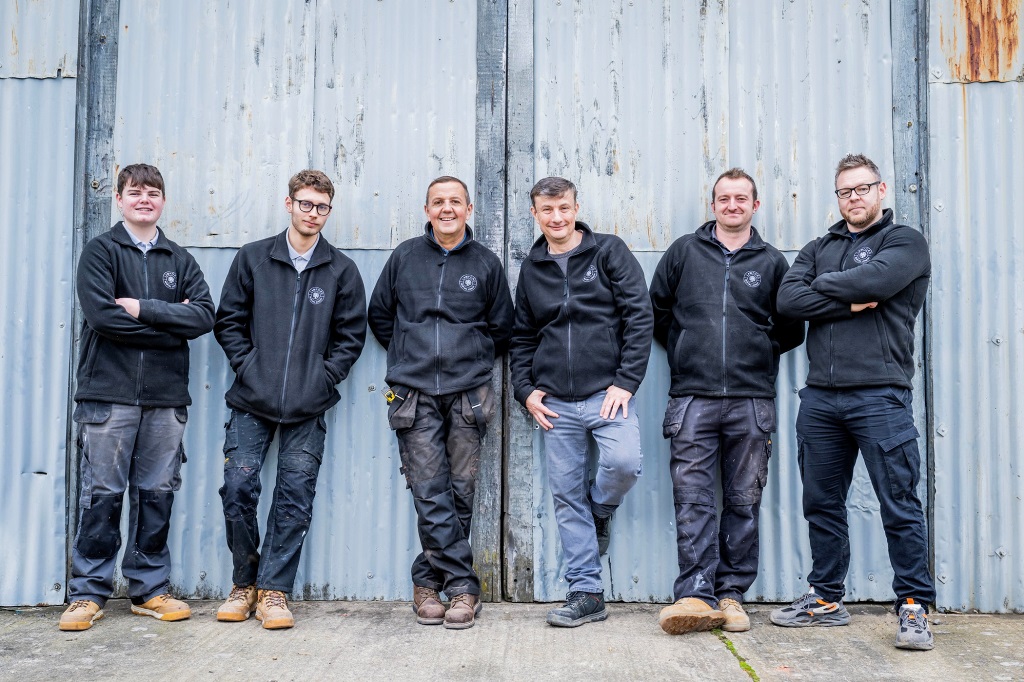
Stepnell sets up joinery business
Construction Index 6 months ago

layersDaily Sustainability Digest
Published about 42 minutes ago
The sustainable construction sector is entering a defining phase, where measurable decarbonisation is replacing corporate rhetoric. Recognition at the edie Net-Zero Awards 2025 for Balfour Beatty and Interface highlights a decisive focus on reducing the **carbon footprint of construction** through practical innovation. These companies are embedding **net zero carbon** ambitions into their core operations, reflecting a growing awareness that achieving **whole life carbon** targets demands more than short-term offsets. The integration of **whole life carbon assessment** and **lifecycle assessment** methodologies signals a shift towards quantifying performance across design, procurement, operation, and end-of-life stages to achieve **net zero whole life carbon** outcomes.
Show MorearticleFeatured News

Clean Energy Jobs Plan: Government sets out vision to double green energy workforce by 2030
20 hours ago

Global carbon tax on shipping shelved as nations cave to pressure from US and Saudi Arabia
1 day ago

Caxton Group – A statement of intent on training
2 days ago

easyJet founder to support Earthshot Prize with philanthropic funding
2 days ago

CO2 levels in Earth's atmosphere jumped by a record amount in 2024
2 days ago

'Missed opportunity': Countries vote to delay approval of landmark global shipping CO2 levy
2 days ago
play_circleFeatured Videos

Sustainable Places 2025
2 days ago

Thematic track - Data centers, digital twins & AI for sustainability
2 days ago

Thematic Track - Sustainable urban design: Positive energy districts & flexible energy communities
2 days ago

Interview with Syxis | Event Sponsor of Sustainable Places
2 days ago

Online Paper 1 - Energy systems, consumer engagement & industry transition
3 days ago

Workshop - Human-in-the-loop digitalisation for Europe's energy transition
3 days ago
podcastsFeatured Podcasts

How Crusoe is Reducing the Carbon Intensity of AI Data Centers
4 days ago

Brackish - S6 E15 Stefanie Cheong & It Could Be Worse
5 days ago

Karl Borree on Making Sports Floors Smarter, Safer, and More Sustainable
5 days ago

What makes circular business models fail to scale? Don’t think too small
6 days ago

How Evolving ASHRAE Guidance Is Changing Operations with Schneider Electric’s Tyler Haak
6 days ago

168 Matt Paneitz of Long Way Home: Hero School – transforming trash into useful buildings
8 days ago
Get your opinion heard:
Whole Life Carbon is a platform for the entire construction industry—both in the UK and internationally. We track the latest publications, debates, and events related to whole life guidance and sustainability. If you have any enquiries or opinions to share, please do get in touch.











